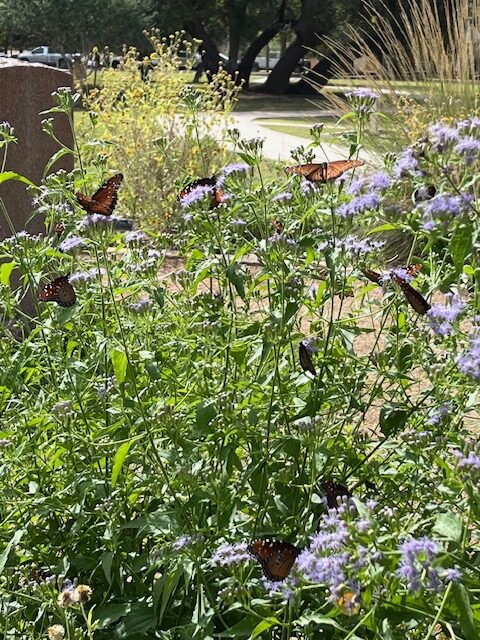Comal Land Conservation Fund
Comal Conservation
Comal Conservation (formerly known as Comal County Conservation Alliance) was formed in 2018 by a group of concerned local citizens who saw the need to raise awareness about the urgency of preserving land in our fast-growing county while there is still land to preserve. Preserving land, water, and wildlife in Comal County benefits our citizens, our community, and our economy as well as the natural world that supports us.
Comal Conservation created the Comal Land Conservation Fund (CLCF) in 2020 to provide funds for projects dedicated to preserving open space in Comal County. Among the projects eligible for CLCF funds is a landowner’s effort to establish a conservation easement through a contract with a Land Trust entity. Conservation easements allow landowners to retain ownership and use of their land while agreeing to keep the land in its existing natural state by selling or donating the land’s development rights to the Land Trust entity. Financial assistance from the Fund to cover associated contract costs might make the difference between a landowner selling to a developer versus saving the farm or ranch in perpetuity.

The Fund may also be used for matching funds for grants or loans from state, federal, and private programs designed to help communities protect water resources, wildlife or, as in most cases, both. These and a variety of other options are ways the Fund can help keep land in its natural state.
Over the last six years Comal Conservation has built up the Comal Land Conservation Fund and at the end of 2023 the Board of Directors made its first disbursement to the Hill Country Conservancy in support of a conservation easement at John Knox Ranch in Northern Comal County. This 300 acre faith camp near the Devil’s Backbone is blessed with a gorgeous spring fed grotto and an old growth riparian woodland. Thanks in part to the Comal Land Conservation Fund and its many supporters these incredible natural resources will be protected forever and the faith camp will be endowed so children from all over our community can connect with the great outdoors and their spirituality.
In August of 2024 the board of directors made it’s second disbursement from the Comal Land Conservation Fund to Green Spaces Alliance in support of a conservation easement on 3.5 acres adjacent to Landa Park. The protection of this particular parcel not only secures critical recharge features connected with the Comal Springs it also preserves one of the oldest homesites in New Braunfels.
Preserving natural land and open space benefits the well-being of all of us in Comal County. Your tax-deductible donations to the CLCF will help Comal Conservation preserve land, allowing Nature to continue doing what it does for us — cleaning the air, producing oxygen, filtering rainwater, providing wildlife habitat, giving people a place to refresh and rejuvenate, and ensuring that our beautiful Hill Country landscape and rural charm continue to be the hallmarks of Comal County. We must do our part to protect what we’ve been given.
Photography Credits – Banner: Jordan Moore Butterflies: Angela LaCelle
